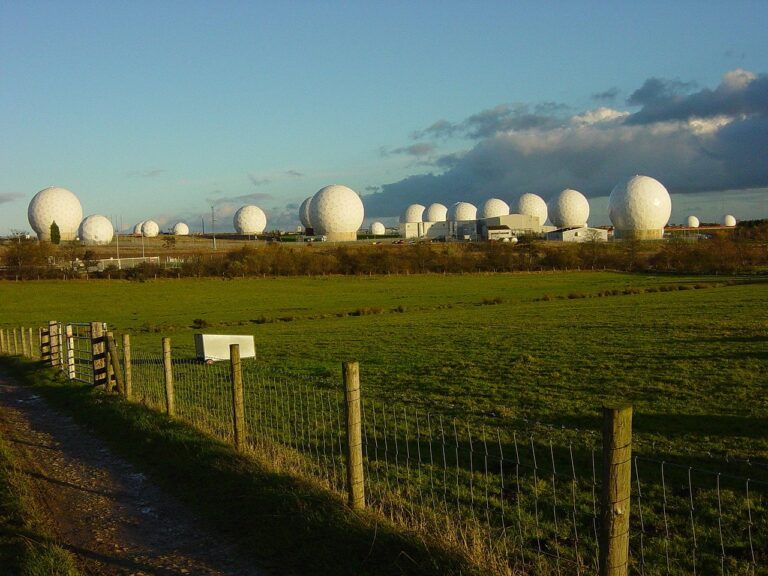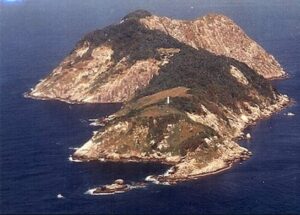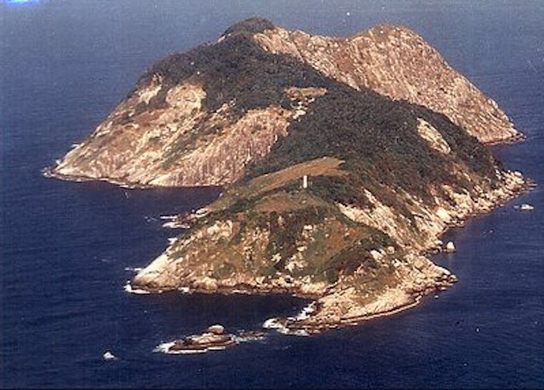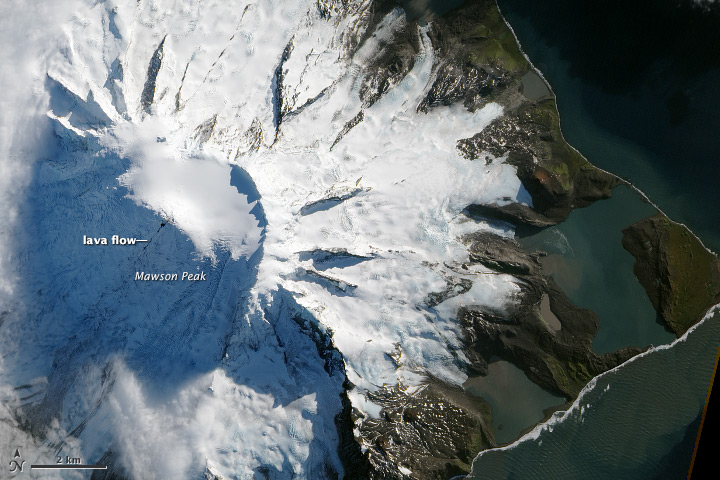TOP 5 HIDDEN PLACES ON EARTH
1. NORTH SENTINEL ISLAND
The Sentinelese are the most isolated tribe in the world. They live on their own small forested island called North Sentinel, which is approximately the size of Manhattan, and which is part of an island chain that is also home to another uncontacted tribe, the Shompen. They continue to resist all contact with outsiders, attacking anyone who comes near. See Survival’s wider campaigns for uncontacted tribes here.In November 2018, John Allen Chau, an American missionary, was killed by members of the Sentinelese tribe while trying to convert them to Christianity. His illegal attempt at contact could have wiped out the entire tribe through introducing new diseases such as flu to which the Sentinelese have no immunity.
In 2006, two Indian fishermen, Sunder Raj and Pandit Tiwari, who had moored their boat near North Sentinel to sleep after poaching in the waters around the island, were killed when their boat broke loose and drifted onto the shore. Poachers are known to fish illegally in the waters around the island, catching turtles and diving for lobsters and sea cucumbers.
The Sentinelese have made it clear that they do not want contact. It is a wise choice. Neighboring tribes were wiped out after the British colonized their islands, and they lack immunity to common diseases like flu or measles, which would decimate their population.

2. ROYAL AIRFORCE MENWITH HILL
Royal Air Force Menwith Hill (RAF Menwith Hill) is a Royal Air Force station near Harrogate, North Yorkshire, England, which provides communications and intelligence support services to the United Kingdom and the United States. The site contains an extensive satellite ground station and is a communications intercept and missile warning site.[1] It has been described as the largest electronic monitoring station in the world.[2]
RAF Menwith Hill is owned by the Ministry of Defence (MoD), but made available to the US Department of Defense (DoD) under the NATO Status of Forces Agreement 1951 and other, undisclosed agreements between the US and British governments. His Majesty’s Government (HMG) is entitled to possession of the site and retains control over its use and its facilities, though the administration of the base is the responsibility of the US authorities,[1] with support provided by around 400 staff from Government Communications Headquarters (GCHQ), in addition to United States Air Force (USAF) and US National Security Agency (NSA) personnel.[3] In 2014, the number of American personnel was reduced as part of a streamlining of operations due to improvements in technology.[4]
The site acts as a ground station for a number of satellites operated by the US National Reconnaissance Office,[5] on behalf of the NSA, with antennas contained in numerous distinctive white radomes, locally referred to as “the golf balls”, and is alleged to be an element of the ECHELON system.[6]
The site is one of three main sites operated by the United States across the globe as a major satellite monitoring station and intelligence gathering location. The other two sites are located in America and Australia, having similar roles and working together with RAF Menwith Hill to develop knowledge around American, British and Australian interests. The Australian site is known as the Joint Defence Facility Pine Gap.

3.Ilha da Queimada Grande
Ilha da Queimada Grande, more commonly referred to as Snake Island, is an island off the coast of Brazil in the Atlantic Ocean. The island became famous for its abundant snakes, hence the name “Snake Island”. It is administered as part of the municipality of Itanhaém in the State of São Paulo. The island is small, with an area of only 43 hectares (106 acres), and has a temperate climate. Its terrain varies from bare rock to rainforest.
The island is the only natural home of the critically endangered, venomous Bothrops insularis (golden lancehead pit viper), which has a diet of birds. The snakes became trapped on the island thousands of years ago following the end of the last ice age when rising ocean levels disconnected the island from the mainland. The ensuing evolutionary pressure allowed the snakes to adapt to their new environment, increasing rapidly in population and rendering the island dangerous to public visitation.
Queimada Grande is closed to the public for the protection of both people and snakes; access is available only to the Brazilian Navy and selected researchers vetted by the Chico Mendes Institute for Biodiversity Conservation, the Brazilian federal conservation unit.[1][2][3]


4. Heard Island
The Territory of Heard Island and McDonald Islands[1][2] (HIMI;[3] ISO 3166 region code: HMD, HM, 334;[4]) is an Australian external territory comprising a volcanic group of mostly barren Antarctic islands, about two-thirds of the way from Madagascar to Antarctica. The group’s overall area is 372 km2 (144 sq mi) and it has 101.9 km (63 mi) of coastline. Discovered in the mid-19th century, the islands lie on the Kerguelen Plateau in the Indian Ocean and have been an Australian territory since 1947.
They contain Australia’s only two active volcanoes. The summit of one, Mawson Peak, is higher than any mountain in all other Australian states or territories, except Dome Argus, Mount McClintock and Mount Menzies in the Australian Antarctic Territory.
The islands are among the most remote places on Earth: They are located about 4,100 kilometres (2,200 nautical miles) southwest of Perth,[5] 3,850 km (2,080 nmi) southwest of Cape Leeuwin, Australia, 4,200 km (2,300 nmi) southeast of South Africa, 3,830 km (2,070 nmi) southeast of Madagascar, 1,630 km (880 nmi) north of Antarctica, and 450 km (240 nmi) southeast of the Kerguelen Islands (part of French Southern and Antarctic Lands).[6]
The islands, which are uninhabited, can be reached only by sea, which from Australia takes two weeks in the vessels normally used to access them.

5. BOHEMIAN GROOVE
Bohemian Grove is a restricted 2,700-acre (1,100 ha) campground in Monte Rio, California. Founded in 1878, it belongs to a private gentlemen’s club known as the Bohemian Club. In mid-July each year, Bohemian Grove hosts a more than two-week encampment of some of the most prominent men in the world.The tradition of a summer encampment was established six years after the Bohemian Club was formed in 1872.[2] Henry “Harry” Edwards, a stage actor and founding member, announced that he was relocating to New York City to further his career. On June 29, 1878, somewhat fewer than 100 Bohemians gathered in the Redwoods in Marin County near Taylorville (present-day Samuel P. Taylor State Park) for an evening sendoff party in Edwards’ honor.[3] Freely flowing liquor and some Japanese lanterns put a glow on the festivities, and club members retired at a late hour to the modest comfort of blankets laid on the dense mat of Redwood needles. This festive gathering was repeated the next year without Edwards, and became the club’s yearly encampment.[4] By 1882 the members of the Club camped together at various locations in both Marin and Sonoma County, including the present-day Muir Woods and a redwood grove that once stood near Duncans Mills, several miles down the Russian River from the current location. From 1893 Bohemians rented the current location, and in 1899 purchased it from Melvin Cyrus Meeker who had developed a successful logging operation in the area.[2] Gradually over the next decades, members of the Club purchased land surrounding the original location to the perimeter of the basin in which it resides.

